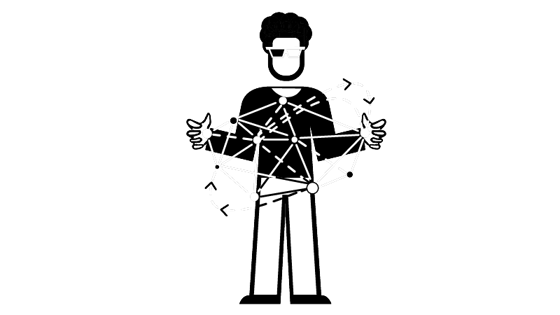Games
Technical animator

What does a technical animator do?
Technical animators make it easier for great animation to happen. There are a lot of technical challenges in creating animation for games. Where movements are complex, for example, they can slow a game down. Or they can take so long to create that the game becomes too expensive to make. Technical animators say: “How can we solve those problems?” By acting as a bridge between the programmers and the animation team, they work out how the tools and game engine can be developed to overcome the challenges.
Watch
- Technical animator vs. animator | Video game careers
- Timing – the 12 principles of animation in games
What’s a technical animator good at?
- Supporting others: serve the needs of the animators by ensuring they have the tools they need to do their jobs.
- Problem-solving: spot potential animation problems, research new technologies, have conversations and find solutions.
- Programming: diagnose software problems and understand games engines well enough to develop them so they work more effectively.
- Communication: listen to the animators and programmers, share knowledge and write technical documents.
- Animation: be skilled in creating animation. Technical animators can't provide support or tools unless they understand how animation is made.
Who does a technical animator work with?
Technical animators work with the animation and programming team. They also work with the QA technicians and report to the lead programmer.
How do I become a technical animator?
Technical animators usually have several years’ experience in games. They start in either the animation or the programming departments of the industry. Look at the animator job profile or generalist programmer job profile for details of how to get it.
At school or college:
This is one of a number of roles within the games industry that requires both artistic and programming skills. While at school or college, try to combine arts and sciences.
If you want to go to university, it would be useful to get A-levels, Highers or a BTEC in a combination of the following:
- Art and design
- Graphic design
- Graphic communication
- Computer science
- Physics
- Biology
- BTEC Diploma in Computing
Or you might want to take any of the following vocational Level 3 qualifications:
- BTEC Diploma/Extended Diploma in Art and Design
- UAL Diploma/ Extended Diploma in Art and Design
- BTEC Extended Diploma in Creative Digital Media Production
- OCR Cambridge Technical Diploma in Art and Design (Graphic Design)
- BTEC Diploma in Graphics
If you want to straight into a job or apprenticeship, these Level 3 qualifications will equip you with relevant skills:
- Aim Awards Diploma/Extended Diploma in Games Animation and VFX
- AQA Technical Level Entertainment Technology: Video Games Art and Design/Design Production
- OCR Technical Diploma in Digital Media (Digital Content for Interactive Media)
- AQA Technical Level IT: Programming
- OCR Technical Diploma in IT (Digital Software Practitioner)
- BTEC Diploma in Computing for Creative Industries
Build a portfolio:
Create work that you can show off to employers. This is essential. Go to Build your games portfolio to learn how.
Get a degree:
Have a look at ScreenSkills’ list of recommended courses in animation. We recognise courses with our ScreenSkills Select award where they offer training in the relevant software, dedicated time to building a portfolio and have strong links with the games industry. Or you might want a degree in games or computer programming.
Network:
Get to know people in the games industry by attending events, including games conferences and expos. Meet professionals and ask them questions about their work, while demonstrating interest and knowledge in the industry. Offer to provide them with your professional contact details and try to stay in touch with them. Go to Network well to learn how to do this.
Search for jobs:
If you already have experience as an animator, programmer or artist, use the UK Games Map to find out if there are games companies near you. Then go to their websites directly and check out their open roles.
Look outside games:
It’s also worth considering technical artist roles in industries like animation and VFX. You can build up your skills and move into games from there.
You might also be interested in...
Being a gameplay designer, animator, generalist programmer, gameplay programmer, physics programmer or an artificial intelligence (AI) programmer in the games industry. You might also be interested being an animator or a rigging technical director (TD) in visual effects (VFX), or a rigger, an animator or animation TD in the animation industry.






